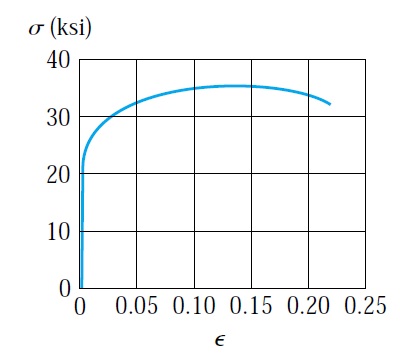Structure failure (partial collapse of Ronan point building)
In 1968 the 22 levels residential building Ronan point in London collapsed partially as a result of a limited gas explosion on the 18th floor. The small explosion prompts the collapse of the entire corner of the building, as shown in figure no: 1, which killed 4 people and injured 14. The cause of the explosion was a resident striking match to boil water, which ignites a gas that was leaking from a newly installed joint for a food cooker.
Figure 1
The building was constructed using a technique known as a large panel system. In this technique, precast panels are prepared off-site. Then these panels are lifted and placed on their specified positions. Finally, precast panels joined to each other by bolts. The gas explosions reveal the weakness of this technique. The bolting of the precast panel proves to be weak as it could not stand a small blast. The explosion on the 18th floor blown out a structural wall panel. This wall supporting the upper 4 stories of the building. The failure of this wall caused the failure of upper flowers, and this resulted in a house-of-cards progressive collapse. Investigations found serious defects in building design and execution, which led to the demolition of the building in a later stage. The investigation found that the revised wind load assumption is inadequate. In the event of high winds, all windows of the building assumed to be closed. But if one window break under the heavy wind, the high wind pressure on one panel and the suction on another panel will prompt a similar failure. Another defect was the weight of each panel transferred to the panel beneath by two steel rods instead of spreading the load from above panels evenly. This results in high stresses on concrete at these locations. Another defect was the strengthening bracket, the brackets fitted on the thin concrete section, and in some other cases, it was not fitted properly. The last two defects showing the improper and insufficient joining of precast panels. Other defects were the covering of the gaps between walls and floor with ceiling paper, which left the building without fire separation.
We can conclude that a combination of reasons leads to the Ronan point partial collapse. Incorrect design assumptions and poor workmanship produce a weak structure that can’t withstand a weak gas explosion. The accident could be avoided if the right design and construction practices implemented. The partial collapse of the Ronan point led to a change in building regulation in UK. The amended regulation requires that the building shall be constructed so that in the event of an accident, the building will not suffer collapse to an extent disproportionate to the cause. This covers pressures caused by wind forces, internal or external explosions, vehicle incursions, and seismic design that may occasionally require.
















I am impressed with your work and skill.Fabulous content.Thank you so much.Good job. Keep posting Bromley planning drawings
ReplyDeleteIncredible articles and awesome, Your blog furnished us with important data to work with. Each tip of your post are amazing. we provide laser cut designs at affordable cost. to know more visit our website.
ReplyDelete